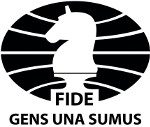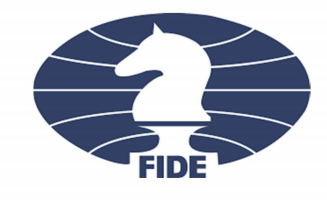How Can We Maximize Chess Learning?
 Overview
Overview
How do we maximize learning? What is the most effective way of teaching or coaching? Does the effectiveness of teaching strategies differ among students? If so, how do we know what technique to use for whom? How effective are we in teaching different types of students?
In this series of blogs, we’ll explore these questions from multiple perspectives and conceptual frameworks derived from cognition, learning theory, and pedagogy research.
Background
As there are multiple frameworks and paradigms for teaching and learning, starting with a common framework will be helpful. So, let’s begin by defining learning.
Learning can be defined as the process by which the learner takes in information and transforms it into concepts. These concepts can be rearranged differently and applied to specific situations and problems.
In this context, how do we define coaching/teaching?
Teaching can be defined as helping the student to bridge the gap between the current understanding and the desired outcome. In chess, in difference to many other subject areas, the outcome is clearly defined as winning the game. Yet, given chess’s complexity, this is a multilayered challenge. First, chess requires multi-level encoding; second, different students have different strengths and weaknesses that result in different learning patterns and require different teaching strategies.
Personal learning experience
I started my chess study somewhere between the age of 54 and 56. Before this, I had learned the basic chess moves and played less than a handful of chess games. Coming from an academic background, learning from books was natural, and I threw myself wholeheartedly into my chess studies. Understanding the fundamental concepts was relatively easy, but applying them over the Board presented a unique challenge.
I remember my struggle as a beginning chess player trying to apply the concept of development to my games. Generally, I did an excellent job of getting my pieces to good squares in the opening. I had not studied opening theory, as I there seems to be a general believe that beginners should not concentrate on opening theory. So, in the openings phase I had to figure things out for myself. Then, I discovered a new problem.
Some of my opponents did not seem to know that bringing out the queen early was not a good strategy. They impudently conducted a queen raid and won. I understood the rules of development but had not yet learned how to refute the queen raid. I let her majesty roam about the board unpunished, without putting her under attack by my minor pieces. This became my next developmental goal.
Another tragicomedy was a game in which the g-pawn attacked my knight and lost the knight and the game. I did not “see” that move. Why? I “knew” it was not good to move the pawns in front of the king, so why would my opponent do such a thing?
What we see on the Board depends on our understanding of chess. We cannot see everything; chess is too complex. Trying to see everything would result in cognitive overload, which interferes with your ability to process information accurately and often results in blunders.
Whereas all good chess players use multiple levels of encoding, i.e., piece value, position, and basic general principles such as force, space, time, pawn structure, etc., they assign different priorities to these aspects while encoding. These different priorities result in differences in interpreting the game, manifested in differences in awareness of strengths, weaknesses, and blind spots.
When this game was played, my understanding was limited to the rule, do not move the pawns in front of the king; therefore, any move that varied from that principle was a bad move. This event taught me a critical chess concept, don’t look only for good moves; good moves are relative to your understanding of the principles of chess. This principle even applies to chess engines and has taken on a new dimension in the battle between fundamentally different ways of encoding with the emergence of AI-based chess engines. The more multilayered our encoding, the more likely we are to read a position accurately and select the best move.
The ability to encode information on multiple levels takes time. It requires careful balancing between students’ natural talent, depth of understanding of chess content, and cognitive strengths. The challenge of the chess educator is to help students to acquire these skills in the most effective way possible.
Renate Otterbach
This post is part of the Develop learning to learn strategies through chess series.

